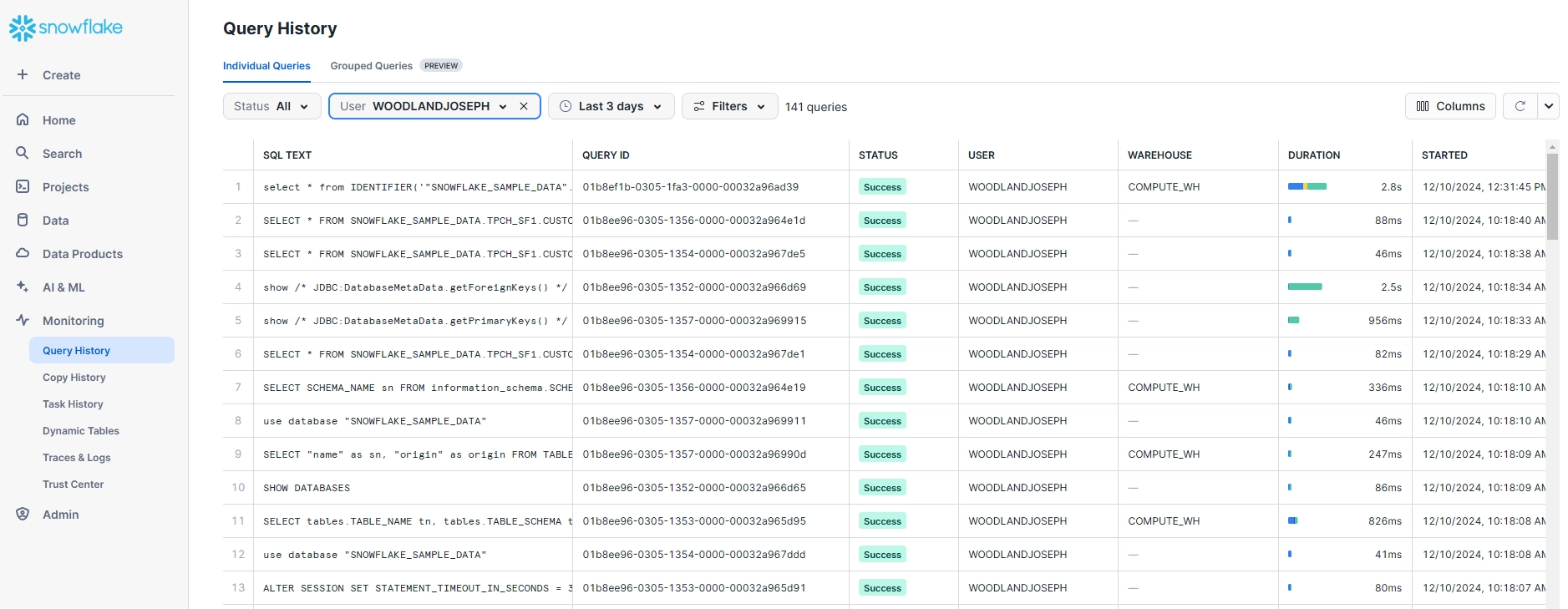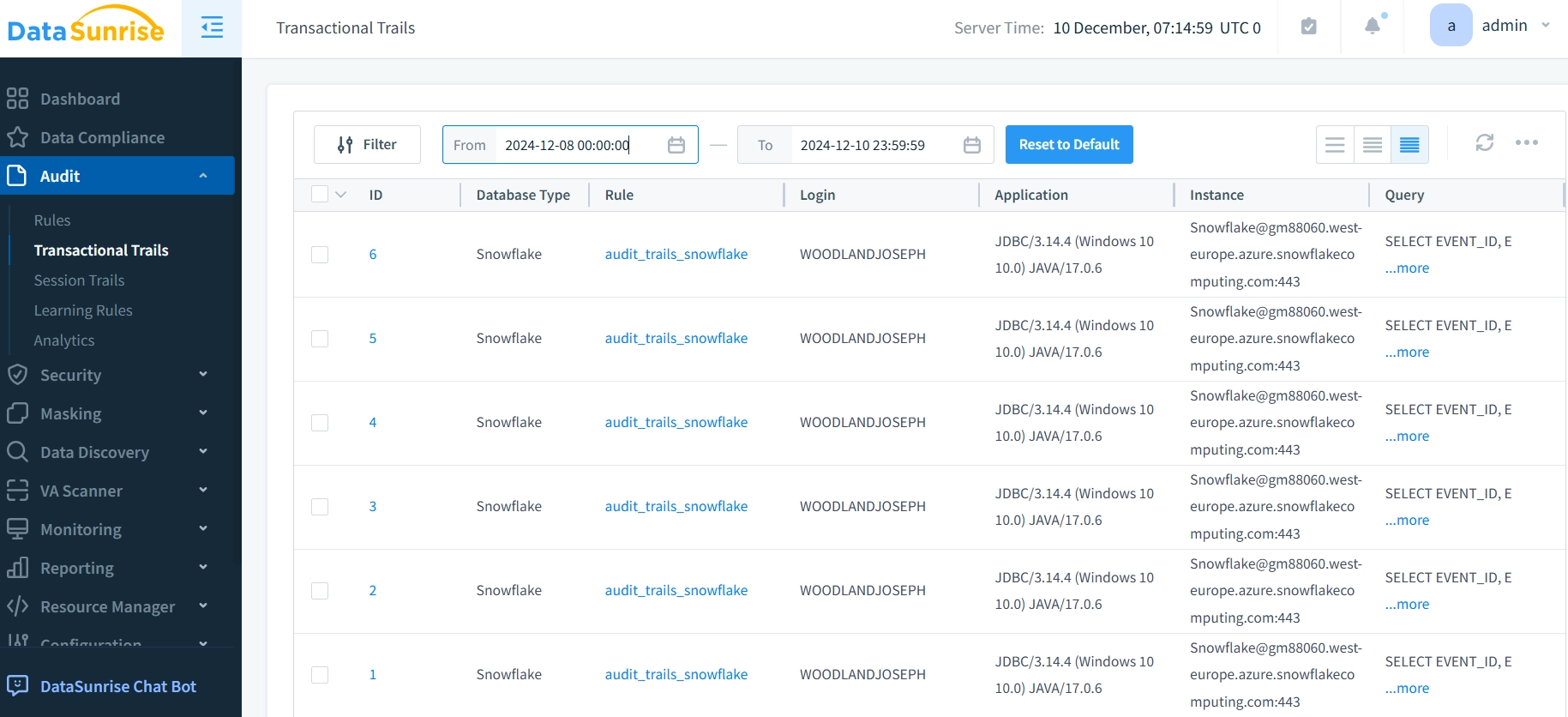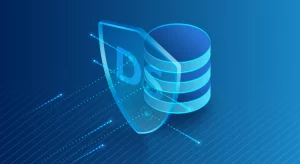Snowflake Audit Log
In today’s complex data landscape, monitoring and tracking user activities within database systems is essential for security and regulatory compliance. Implementing a robust audit log system for Snowflake has become critical as organizations face increasingly sophisticated cyber threats. According to recent cybersecurity statistics, the average data breach cost reached $4.45 million in 2023, with unauthorized database access being a primary attack vector. Organizations implementing Snowflake’s security features need to pay particular attention to audit capabilities to ensure comprehensive protection of their data assets.
Snowflake, a cloud-based data platform designed for data storage, processing, and analytics at scale, provides native audit logging capabilities that enable tracking user sessions, queries, data access patterns, and administrative changes. While these native features offer valuable insights, organizations with complex compliance requirements often need enhanced functionality to ensure comprehensive data security.
Native Snowflake Audit Log Capabilities
Snowflake includes several built-in features for generating and accessing audit logs. These native capabilities provide a foundation for tracking user activities and system events through database activity monitoring.
1. Account Usage Views
Snowflake’s ACCOUNT_USAGE schema contains several views that provide historical audit data, accessible through standard SQL queries:
-- Query login history for the past 7 days
SELECT
USER_NAME,
EVENT_TIMESTAMP,
CLIENT_IP,
REPORTED_CLIENT_TYPE,
IS_SUCCESS
FROM
SNOWFLAKE.ACCOUNT_USAGE.LOGIN_HISTORY
WHERE
EVENT_TIMESTAMP >= DATEADD(DAY, -7, CURRENT_TIMESTAMP())
ORDER BY
EVENT_TIMESTAMP DESC;
2. Query History Tracking
The QUERY_HISTORY view captures detailed information about SQL queries executed in your Snowflake account:
-- Examine query history for specific users
SELECT
QUERY_ID,
USER_NAME,
QUERY_TEXT,
DATABASE_NAME,
SCHEMA_NAME,
START_TIME,
END_TIME,
TOTAL_ELAPSED_TIME
FROM
SNOWFLAKE.ACCOUNT_USAGE.QUERY_HISTORY
WHERE
USER_NAME = 'ANALYST_USER'
AND START_TIME >= DATEADD(HOUR, -24, CURRENT_TIMESTAMP())
ORDER BY
START_TIME DESC;
This allows administrators to track what queries users are running, identify slow-performing queries, and monitor for unauthorized data access attempts, which is essential for data activity history tracking.
3. Snowflake Web UI for Audit Log Review
Snowflake’s web-based interface provides an intuitive way to access and analyze audit log information without writing SQL queries. This feature is particularly useful for security analysts and compliance officers who may not have extensive SQL expertise but need to monitor database activity history.
From the Snowflake web UI, administrators can:
- Navigate to the “Activity” tab to view recent queries and user sessions
- Access the “History” section to review detailed query logs with filtering options
- Monitor warehouse utilization and performance metrics
- Review login history and failed authentication attempts
- Export audit data for further analysis or compliance reporting

The interface offers various filtering options to narrow down results by time range, user, query status, and other parameters, making it easier to identify specific activities or investigate potential security incidents.
Limitations of Native Snowflake Audit Logging
While Snowflake’s native audit logging capabilities provide essential functionality, they present several challenges for organizations with advanced security and compliance requirements:
- Retention Limitations: Snowflake’s ACCOUNT_USAGE views typically retain data for limited periods (7 days to 1 year depending on the view), which may not meet long-term compliance requirements for audit trails.
- Limited Real-Time Alerting: Native logging lacks sophisticated real-time alerting for suspicious activities or compliance violations, making it difficult to implement threat detection.
- Complex Query Requirements: Accessing and analyzing audit data requires SQL expertise and custom scripts for meaningful insights.
- Minimal Context Enrichment: Native logs provide limited contextual information about the nature and purpose of queries.
- Decentralized Management: Organizations using multiple data platforms face challenges in establishing consistent audit rules across their environments.
- Manual Compliance Reporting: Generating compliance reports for regulations like GDPR, HIPAA, or SOX requires significant manual effort.
Enhanced Snowflake Audit Logging with DataSunrise
DataSunrise enhances Snowflake’s native audit logging capabilities by providing a comprehensive, centralized solution for monitoring database activities and ensuring regulatory compliance. The platform’s database firewall capabilities further protect against unauthorized access and SQL injection attacks.
Setting Up DataSunrise for Snowflake Audit Logging
The process of configuring DataSunrise for Snowflake audit logging is straightforward:
1. Connect to Snowflake Instance
Begin by establishing a secure connection between DataSunrise and your Snowflake environment.
2. Configure Audit Rules
Create customized audit rules to track specific activities, users, or data objects in your Snowflake environment using learning rules and audit features.
3. Monitor Audit Events
Use the DataSunrise dashboard to view and analyze comprehensive audit logs, with detailed information about user activities and data access.

Key Benefits of DataSunrise for Snowflake Audit Logging
DataSunrise provides several significant advantages over native Snowflake audit logging:
- Comprehensive Audit Trails: Capture detailed information about all database activities, including successful and failed login attempts, query executions, data modifications, and administrative changes.
- Real-Time Monitoring and Alerting: Receive immediate notifications about suspicious activities or policy violations, allowing security teams to respond quickly to potential threats.
- User Behavior Analysis: Leverage advanced analytics to identify unusual patterns or potential security threats based on historical user behavior.
- Automated Compliance Reporting: Generate pre-configured reports for regulatory frameworks like GDPR, HIPAA, PCI DSS, and SOX, streamlining compliance documentation.
- Cross-Platform Consistency: Apply uniform audit policies across multiple database platforms, including Snowflake, SQL Server, Oracle, PostgreSQL, and many others, ensuring consistent security controls.
- Long-Term Retention: Store audit logs for extended periods to meet long-term compliance requirements, with flexible archiving options.
Implementation Best Practices for Snowflake Audit Logging
To maximize the effectiveness of your Snowflake audit logging implementation, consider these best practices:
- Define Clear Audit Objectives: Determine what activities and data require auditing based on security risks and compliance regulations.
- Implement Tiered Logging: Apply different levels of audit detail based on data sensitivity and user roles to optimize performance and storage.
- Establish Retention Policies: Define appropriate retention periods for audit logs based on regulatory requirements and organizational needs, considering audit storage optimization.
- Automate Log Analysis: Implement automated tools and alerts to identify suspicious activities and potential security threats.
- Document Audit Procedures: Maintain comprehensive documentation of audit configurations, review processes, and response procedures.
- Conduct Regular Reviews: Schedule periodic reviews of audit logs and configurations to ensure effectiveness and identify potential improvements.
- Test Audit Coverage: Perform regular testing to verify that audit logging captures all required activities and generates appropriate alerts.
Business Benefits of Robust Snowflake Audit Logging
Implementing comprehensive audit logging for Snowflake delivers several significant business advantages:
| Benefit | Description |
|---|---|
| Risk Mitigation | Proactively identify and address suspicious activities or unauthorized access attempts before they result in data breaches or compliance violations. |
| Regulatory Compliance | Meet the requirements of data protection regulations like GDPR, HIPAA, PCI DSS, and SOX with detailed audit trails and reporting. |
| Operational Visibility | Gain insights into database usage patterns, helping optimize performance and resource allocation. |
| Forensic Capabilities | Maintain detailed records of all database activities to support security investigations and incident response. |
| Stakeholder Trust | Demonstrate your commitment to data security and compliance, building trust with customers, partners, and regulators. |
Conclusion
As organizations increasingly rely on Snowflake for critical data operations, implementing robust audit logging becomes essential for security and compliance. While Snowflake’s native audit capabilities provide valuable functionality, organizations with complex requirements benefit significantly from enhanced solutions like DataSunrise.
By combining Snowflake’s powerful data platform with DataSunrise’s comprehensive audit and security features, organizations can establish a robust governance framework that protects sensitive data, ensures regulatory compliance, and provides meaningful insights into database activities.
Want to enhance your Snowflake audit logging capabilities? Schedule an online demo to see DataSunrise in action and learn how it can strengthen your data security and compliance posture through flexible deployment modes.
